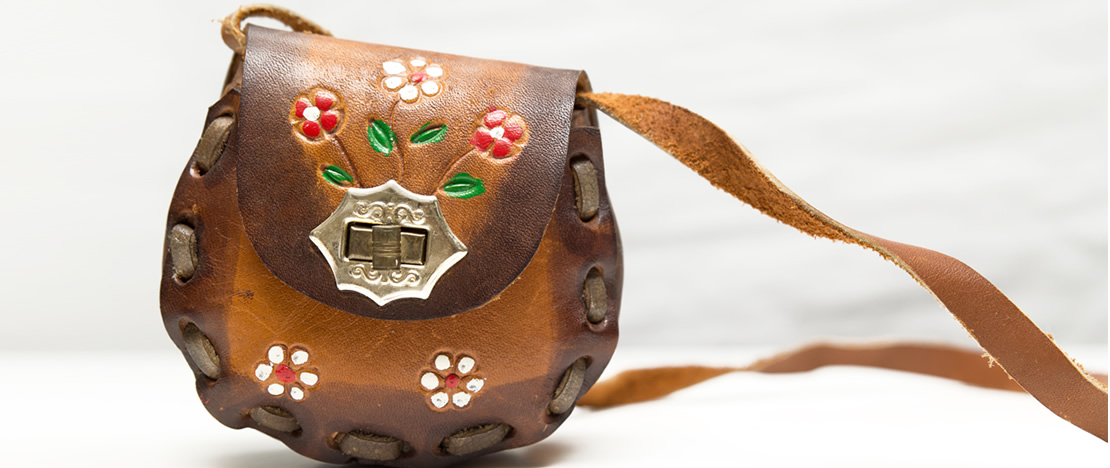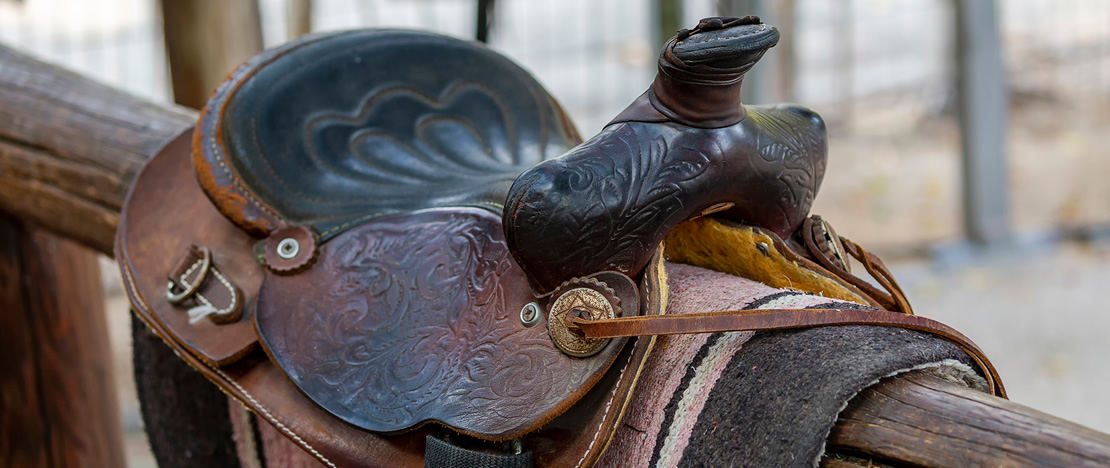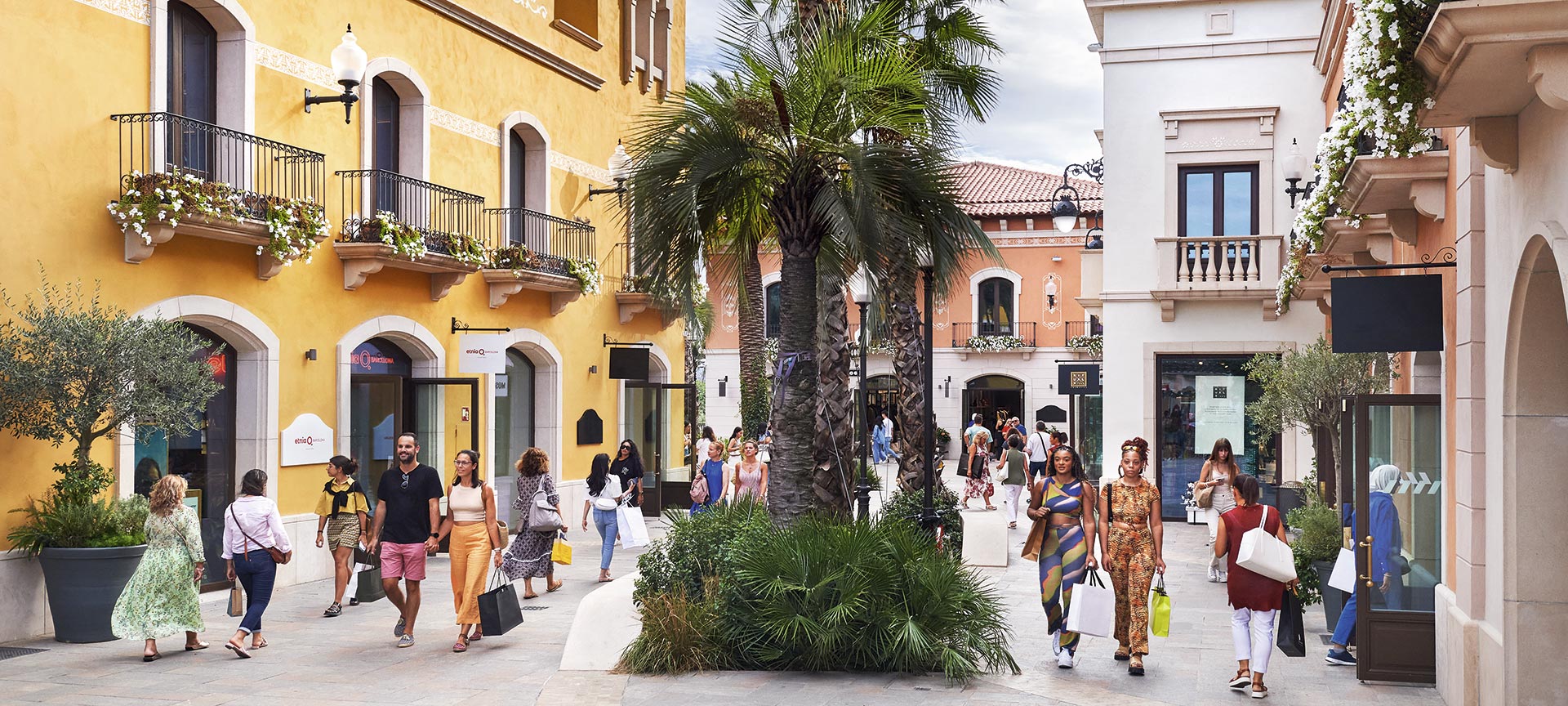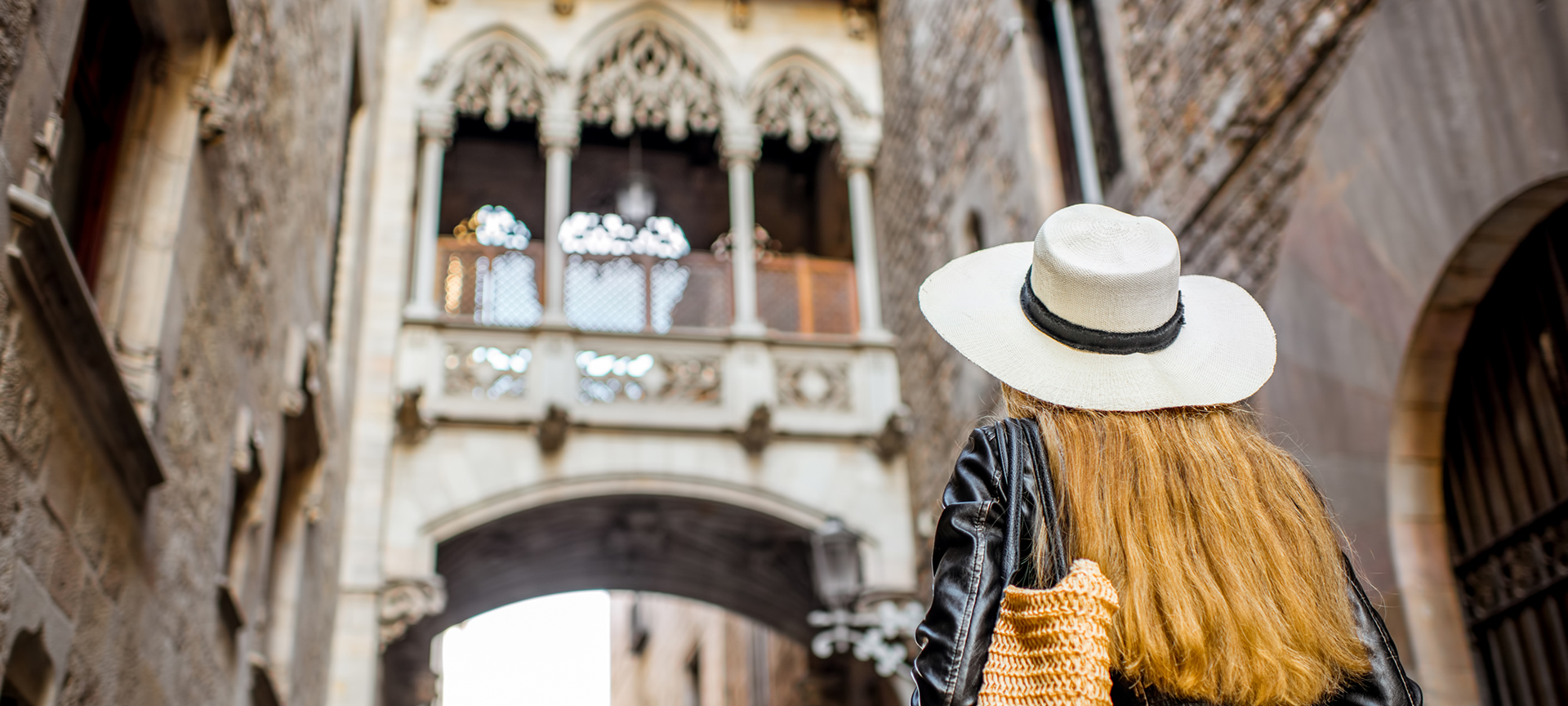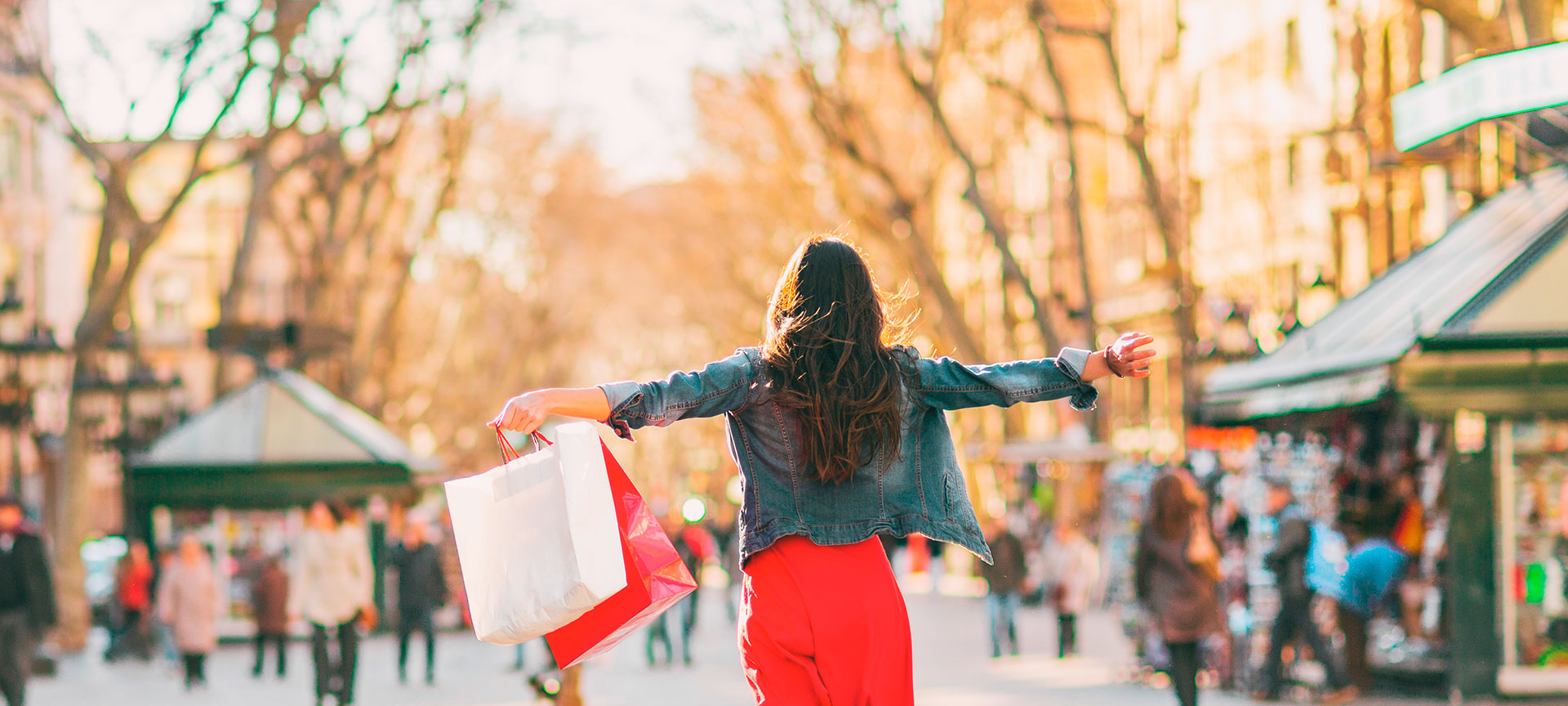
The art of Spanish leather goods: inspiration and places for shopping
If you are thinking about going on holiday to Spain, you probably want to buy some gifts for your friends and family, or simply some souvenirs from your trip. One original option is leather goods, a craft that Spanish artisans elevated to the category of art in medieval times and that is still alive and well in the 21st century.Purses, backpacks, sandals, bags, belts, gloves... the possibilities of leather are countless! Discover some areas of Spain where these objects have become unique pieces of craftsmanship.
Debe activar Javascript para poder utilizar este servicio
-

Everyday products, artistic pieces
Spanish leather goods have gained international recognition due to their uniqueness and craftsmanship. Today, this craft combines traditional uses with the most advanced techniques, including the most innovative designs, engraving and dyeing. Another novelty in recent years is the use of plant-based leather, which is as alternative and as it is sustainable.Leatherwork experienced its first big heyday in the Middle Ages, with an explosion of creativity in the cities of southern Spain such as Cordoba and Granada, with the Arab and Jewish cultures. Later, complementary techniques were added such as embossing, which gives relief to the object, or stamping. In recent decades, the process has been greatly mechanised and simplified, without losing either attractiveness or quality.Here are some of the best places in Spain to buy these products.
-

Ubrique, the Spanish capital of leather
In the heart of the mountains of the province of Cadiz lies the town of Ubrique, considered, along with the rest of the region, to be today's greatest centre for leather art in Spain. One of the most important streets in this Andalusian municipality is even called “Marroquinería” or Leather Goods.Many leather items for the world's biggest luxury brands such as Louis Vuitton, Loewe, Dior, Givenchy and Chanel are made here. In the town's shops, you can also buy leather handicrafts and accessories. In addition, in Ubrique you'll find the Leather Museum, in the old Capuchin Convent. In this museum, you can see everything from machines to leather pieces made in different centuries. In particular, a gigantic leather wallet stands out, a composition by several local artisans that broke the Guinness World Record in 2010 as the largest in the world (it measures more than 3 metres when unfolded and weighs 250 kilos).
-

Cordobanes and guadameciles, traditional leather crafts of Cordoba
Also in Andalusia, you will find the beautiful city of Cordoba, whose historic centre is recognised as a UNESCO World Heritage Site. Here, the art of leather goods is centuries old, and there is a special embossed leather technique: the Cordoban technique. It is used as a base for belts, gloves, shoes, book covers and more. Painted leather, adorned with drawings and reliefs, is known as guadamecil and is used for creations such as chairs, rugs, tapestries or paintings.In the area around Cordoba's Calleja de las Flores, full of artisanal craftwork shops, you'll see leather artists who you can buy from. You will also find them in other large Andalusian cities, such as Granada or Seville.
-

Hunting-related crafts in Castile-La Mancha
In the Montes de Toledo (Castile-La Mancha), a completely rural environment, another branch of leather goods came to be: Tools related to hunting, horse riding or even falconry, from pouches to harnesses and saddles. You will find them in towns like Los Yébenes, Polán, San Pablo de los Montes or Las Ventas con Peña Aguilera, in the province of Toledo.
-

Workshops in the big city
In Madrid, one of the most popular streets – where the famous Rastro market is held every Sunday – is called Ribera de Curtidores, since the leather tanning trade was once concentrated there.You can also see leather craftwork near the Plaza Mayor main square, for example, or in the central neighbourhoods of Lavapiés and Las Letras. There are even workshops in Madrid to learn the basics of this ancient craft.
-

Igualada, a pioneering Leather Museum
In the Region of Valencia, there are many artisans who specialise in high-quality fine leather goods, as well as in footwear. And further north-east, in Catalonia, there is no lack of similar examples. One of them is the small city of Igualada, in the province of Barcelona.This has traditionally been a town linked to the wool industry, but also to leather tanning, as can be seen in its very own Leather Museum, considered one of the pioneers in Europe in this specialty. There is no shortage of shops here where you can buy the best leather products, for example, in Rec, the old tanners' neighbourhood.

